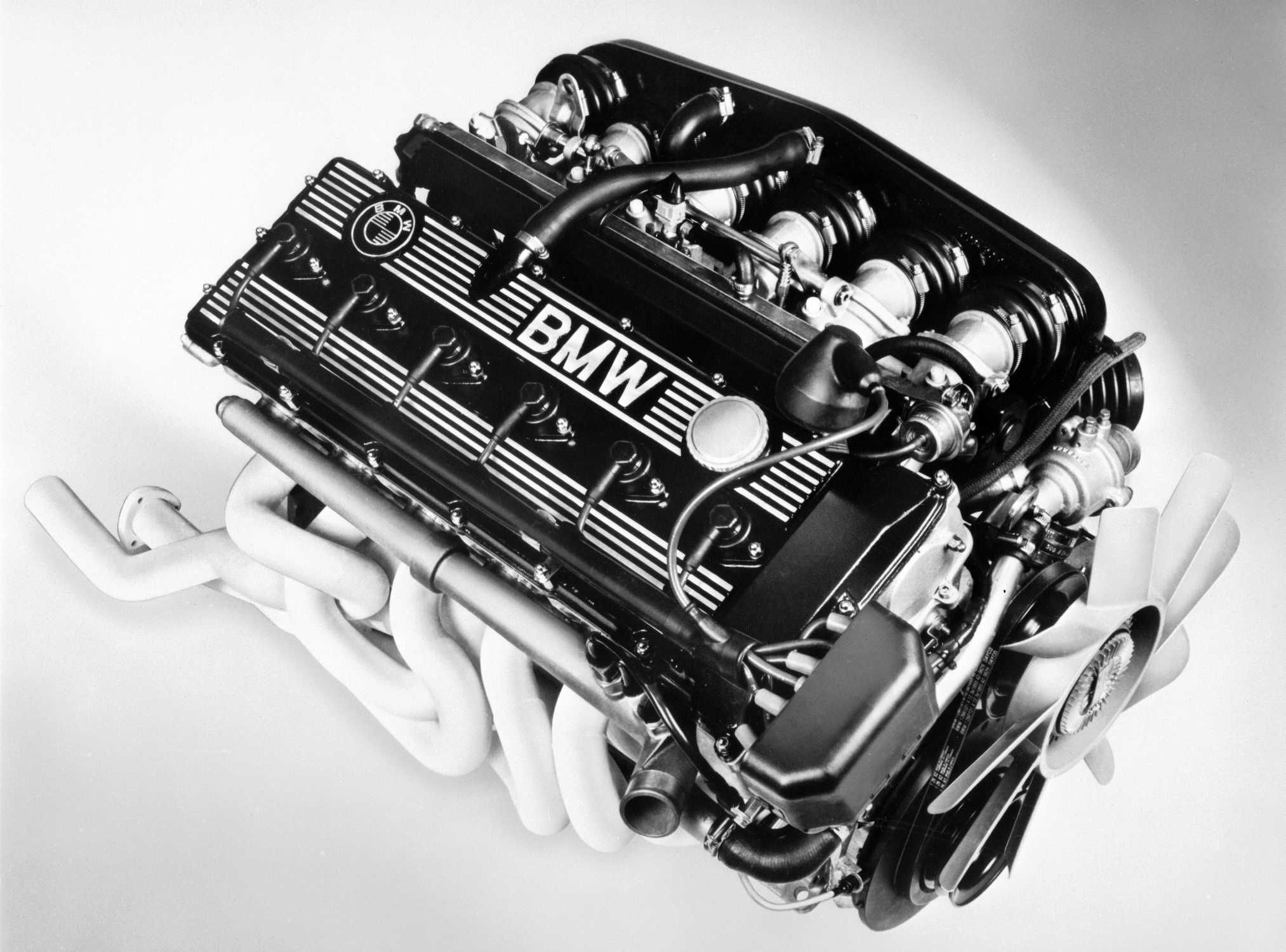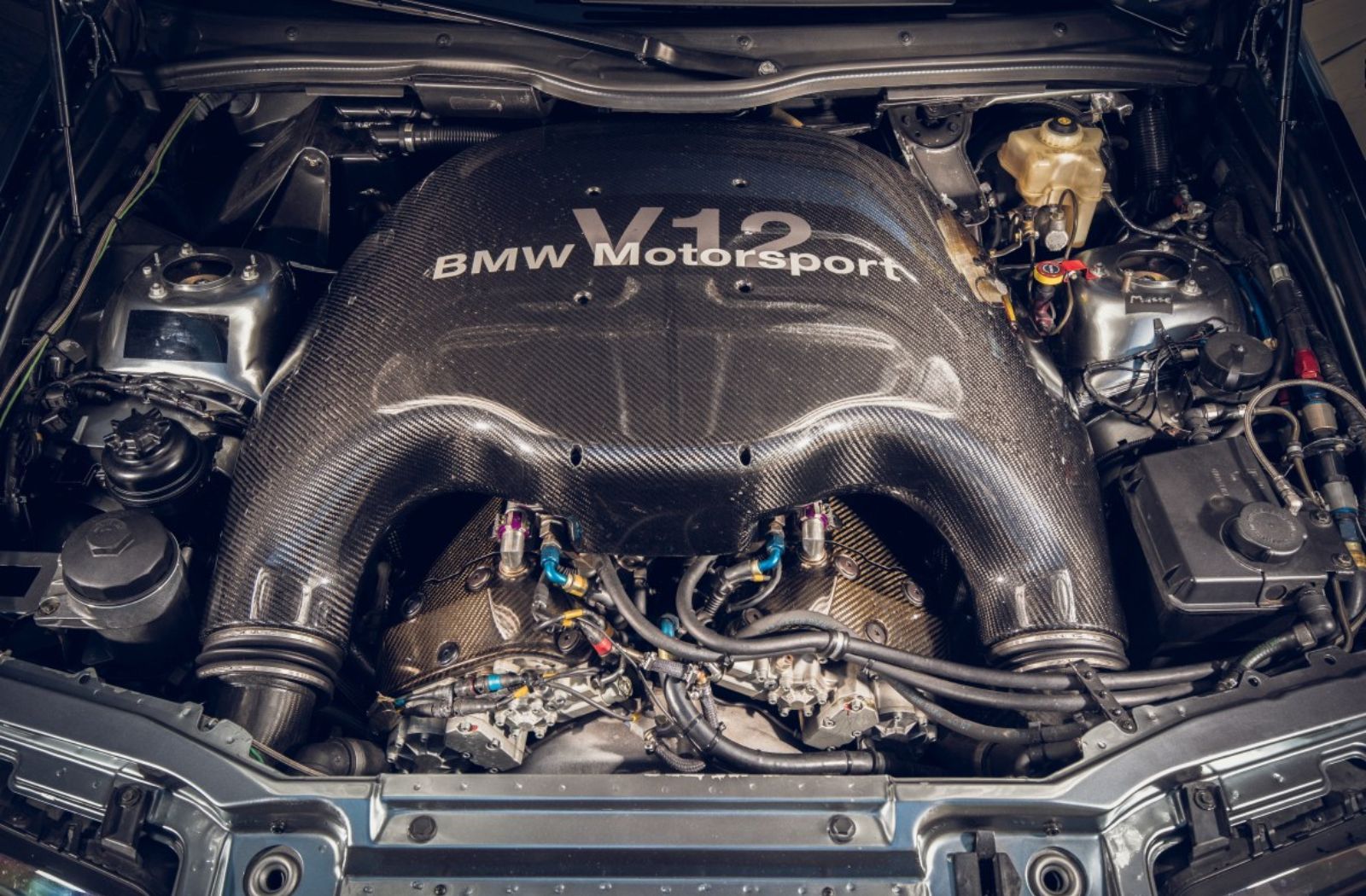Leading 5 BMW Engine Technologies Transforming the Automotive Sector
Leading 5 BMW Engine Technologies Transforming the Automotive Sector
Blog Article
Checking Out the Evolution of Burning Engines in Modern Transport Equipments
As we browse the landscape of contemporary transportation, the evolution of burning engines stands as a testament to human ingenuity and engineering expertise. The interplay of background, modern technology, and ecological worries in shaping the trajectory of burning engines produces a story that is both engaging and insightful.
Very Early Beginnings of Combustion Engines
Just how did the concept of combustion engines very first emerge in the very early stages of transportation advancement? The roots of burning engines can be traced back to the 17th century when the principles of interior combustion were first explored.
The advancement moment featured the innovation of the first effective gasoline-powered engine by Karl Benz in 1885 - bmw engine. This engine led the means for the growth of the modern-day automobile, revolutionizing transport systems worldwide. Succeeding advancements by Nikolaus Otto and Gottlieb Daimler better fine-tuned combustion engine innovation, bring about the automation of vehicles and the rapid development of the transport market
These early burning engines were identified by their simpleness and efficiency, laying the foundation for the complex and powerful engines used in modern transportation systems. The development of combustion engines has been crucial fit the method we travel and move products, noting a significant landmark in the history of transportation development.
Transition to Internal Burning Innovation
The shift to interior combustion modern technology noted a pivotal change in the advancement of transportation systems. This shift started in the late 19th century, with developers like Nikolaus Otto and Gottlieb Daimler creating the initial effective inner burning engines. These engines reinvented transportation by using a more powerful and effective option to vapor engines and electric motors.
Among the crucial benefits of inner burning engines was their capacity to be reduced to match lorries, resulting in the advancement of bikes and autos. This shift from large, stationary engines to small, mobile ones paved the method for the contemporary transport systems we see today.
The transition to inner combustion modern technology additionally stimulated innovations in fuel modern technology, bring about the development of gas and diesel as key fuel sources for lorries. This shift not just made transportation more easily accessible to the masses however also laid the foundation for the oil and gas industry to come to be essential to international economic situations.
Impact of Combustion Engines on Transportation
The adoption of burning engines in transport systems catalyzed a profound change in the efficiency and speed of worldwide mobility. Combustion engines revolutionized transport by giving a trustworthy and functional resource of power for various automobiles, consisting of cars and trucks, trucks, ships, and planes. This development significantly enhanced the ability for people and goods to move over cross countries in much shorter period, resulting in increased connection between regions and nations.
Furthermore, the extensive use of combustion engines has actually had a considerable effect on economic advancement. The capacity to carry goods successfully has actually spurred profession and commerce, enabling services to increase their markets and get to customers worldwide. This has assisted in financial growth and globalization, as products can now be delivered quicker and in larger quantities than in the past.
Nevertheless, the ecological impact of combustion engines can not be neglected. The burning of fossil fuels has actually caused air pollution and greenhouse gas exhausts, adding to environment change and posing health threats to populaces. bmw engine. Because of this, there is a growing focus on creating alternate propulsion modern technologies to alleviate these adverse effects and produce an extra sustainable future for transportation
Developments in Combustion Engine Layout
Various advancements in combustion engine layout have propelled the evolution of transportation systems over the years. One noteworthy advancement is the growth of turbocharged engines, which use exhaust gases to drive a turbine that compresses inbound air, enabling more gas to be charred, resulting in boosted power outcome without a considerable rise in engine size. In addition, dig this straight shot modern technology has actually improved fuel effectiveness and efficiency by specifically regulating the amount and timing of fuel injected right into the combustion chamber. Variable shutoff timing systems have actually additionally revolutionized engine design by enhancing air flow at various engine speeds, boosting both power and efficiency. An additional significant advancement is the combination of light-weight materials such as carbon fiber and aluminum alloys, lowering general engine weight and enhancing vehicle fuel economy. Improvements in computer-aided design have allowed designers to enhance engine efficiency and effectiveness via simulations prior to physical prototypes are constructed, conserving time and sources in the growth process. These technologies collectively add to the continual improvement of combustion engines in contemporary transport systems.
Future Patterns in Burning Engine Development
With modern technology innovations driving continuous development, the future of burning engine growth is positioned to revolutionize transport systems around the world. Among the vital trends in burning engine growth is the press in the direction of greater performance and reduced discharges. Manufacturers are spending heavily in r & d to enhance engine performance while meeting rigid environmental policies. This includes the integration of innovative fuel shot systems, improved turbocharging methods, and making use of light-weight products to maximize fuel intake and lower carbon discharges.
One more prominent trend is the fostering of crossbreed modern technologies in combustion engines. Hybrid engines integrate conventional combustion technology with electric power, using enhanced fuel performance and lower discharges. As the vehicle sector shifts towards electrification, crossbreed combustion engines are viewed as a transitional service that connects the void between conventional vehicles and totally electrical ones.
Moreover, the combination of wise modern technologies, such as synthetic knowledge and data analytics, is anticipated to play a considerable function in the future of combustion engine growth. These innovations can optimize engine efficiency in real-time, causing much more reliable burning processes and boosted general lorry performance. Embracing these future fads will certainly not just drive technology in combustion engine growth however likewise add to a more eco pleasant and sustainable transportation community.

Verdict
In verdict, the advancement of burning engines in modern-day transport systems has actually been marked by substantial improvements in modern technology and design. From the very early starts of combustion engines to the change to interior burning modern technology, these engines have had an extensive influence on transportation.
The read this article origins of burning engines can be mapped back to the 17th century when the concepts of interior combustion were initial checked out. These engines transformed transport by providing an extra efficient and powerful alternative to vapor engines and electric motors.

Report this page